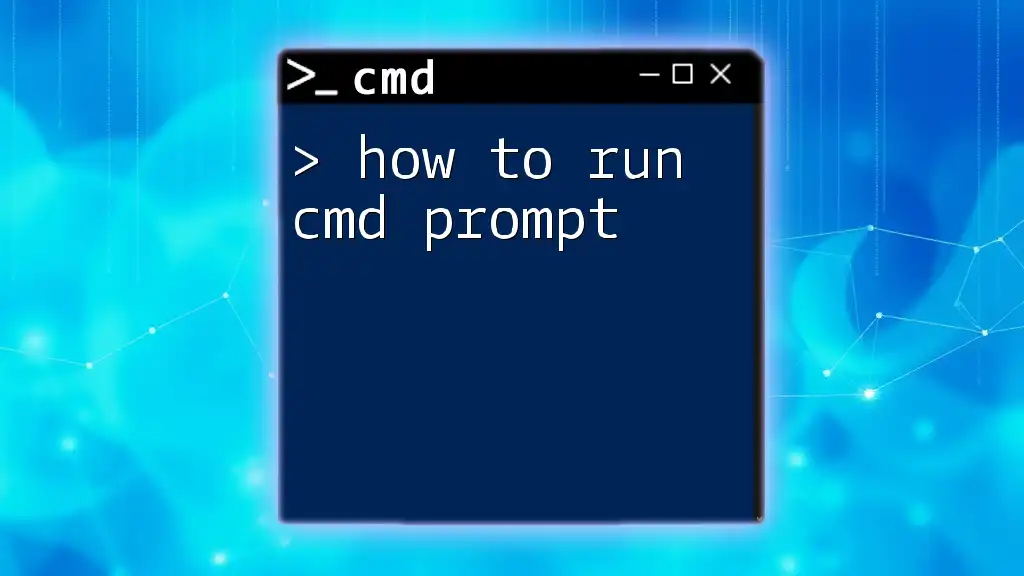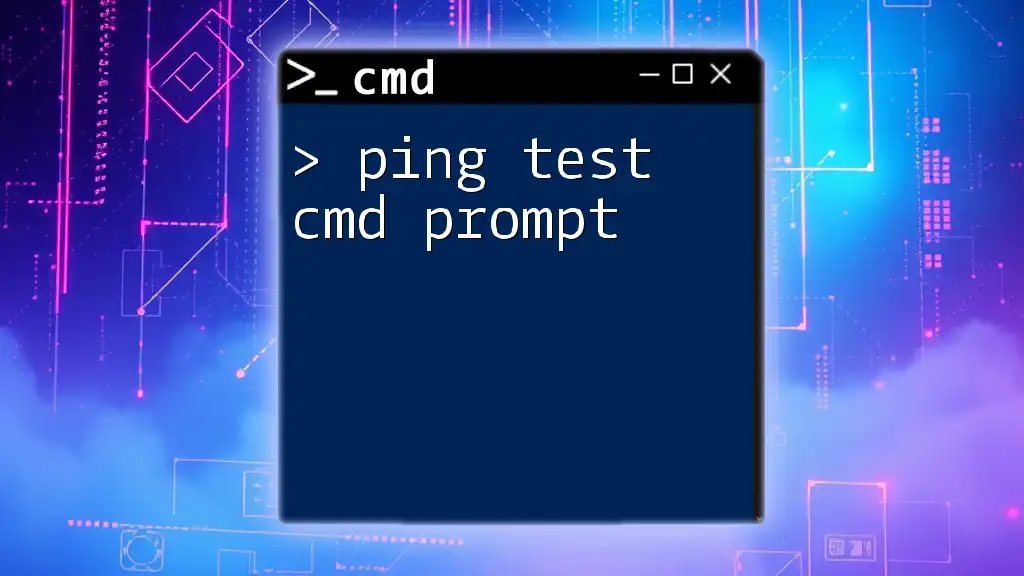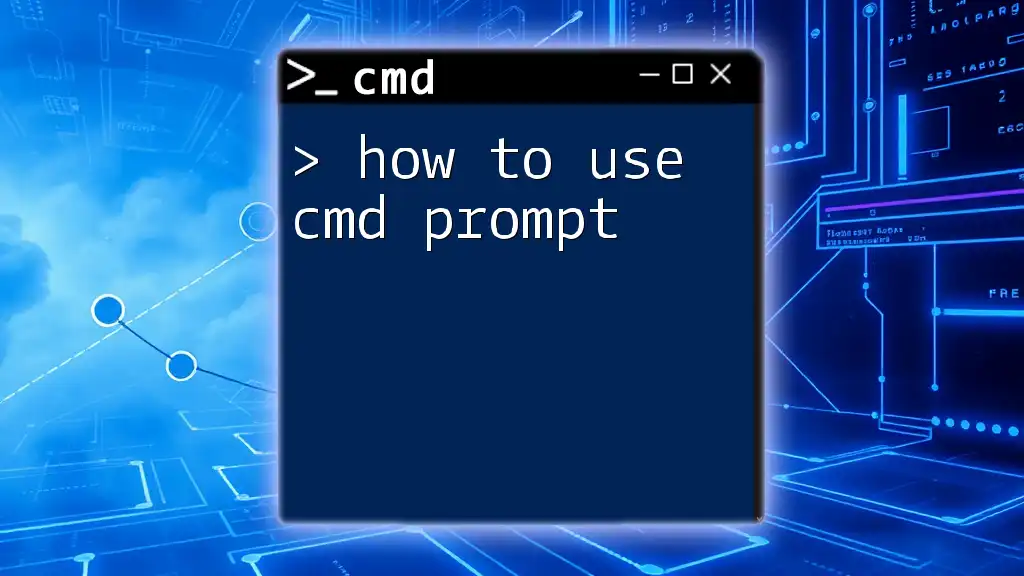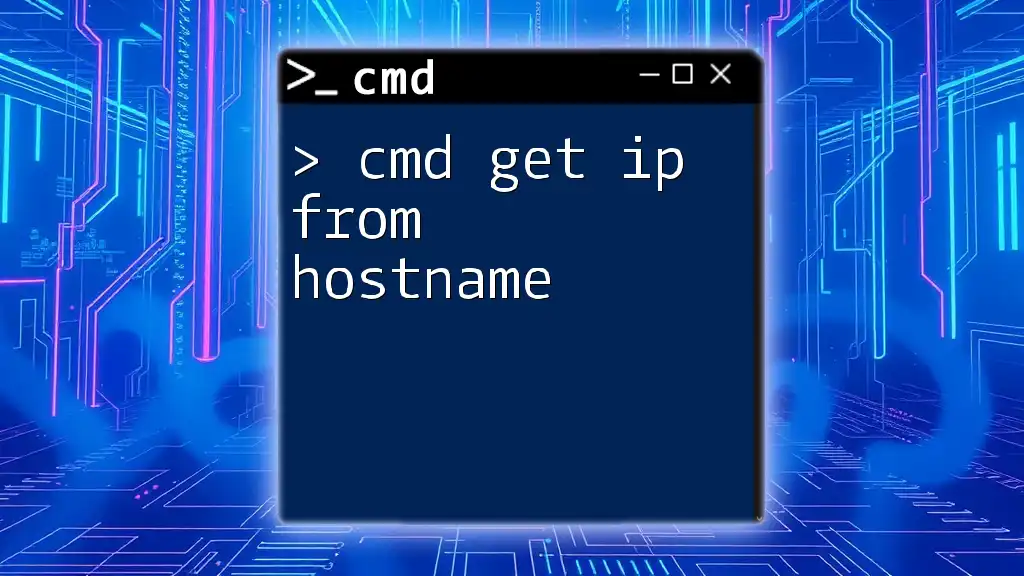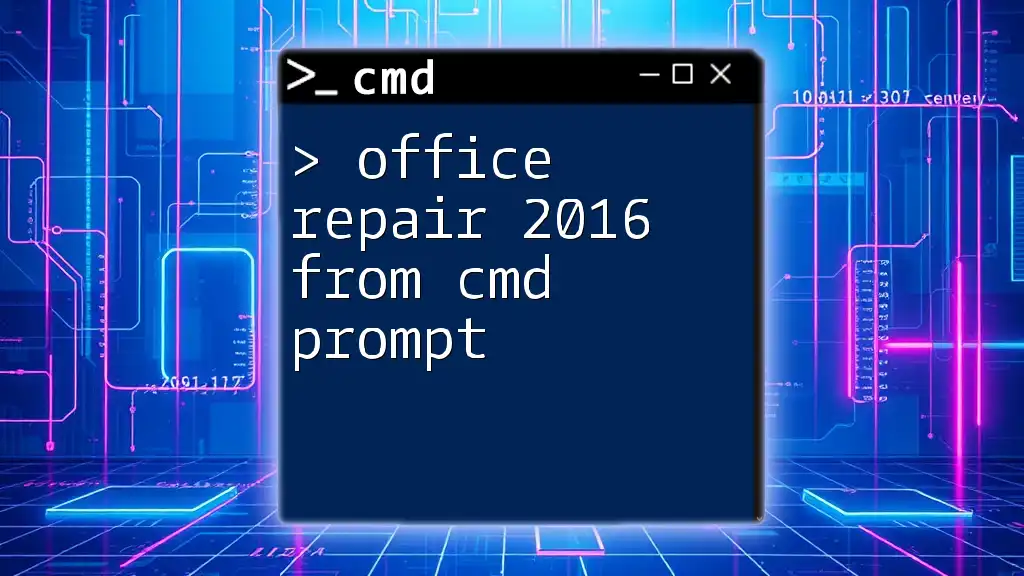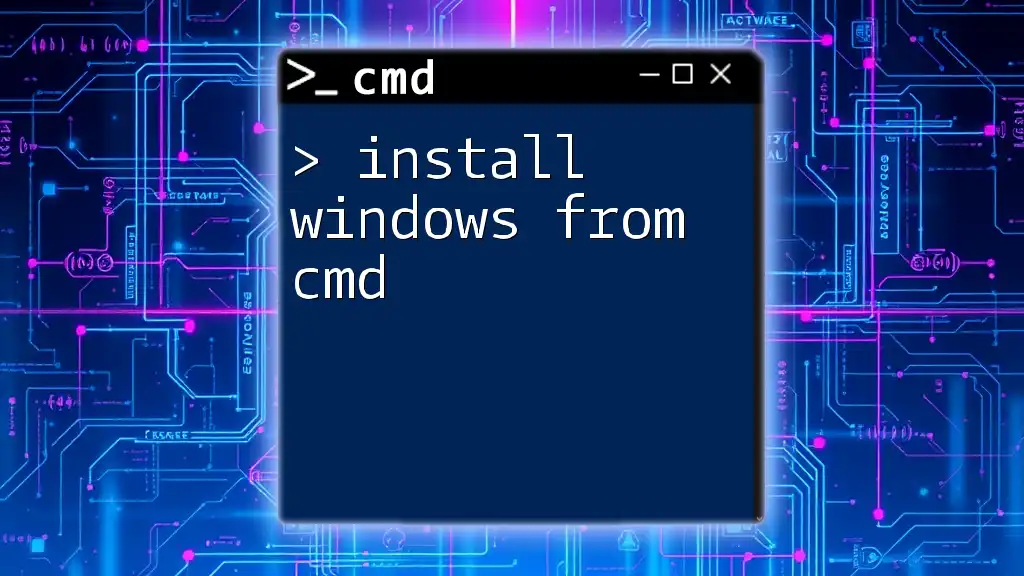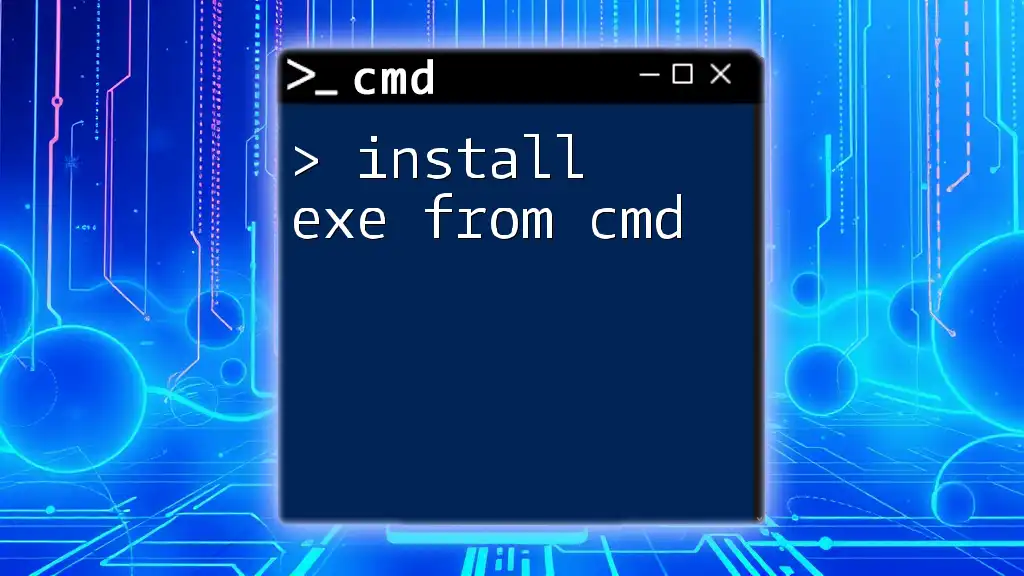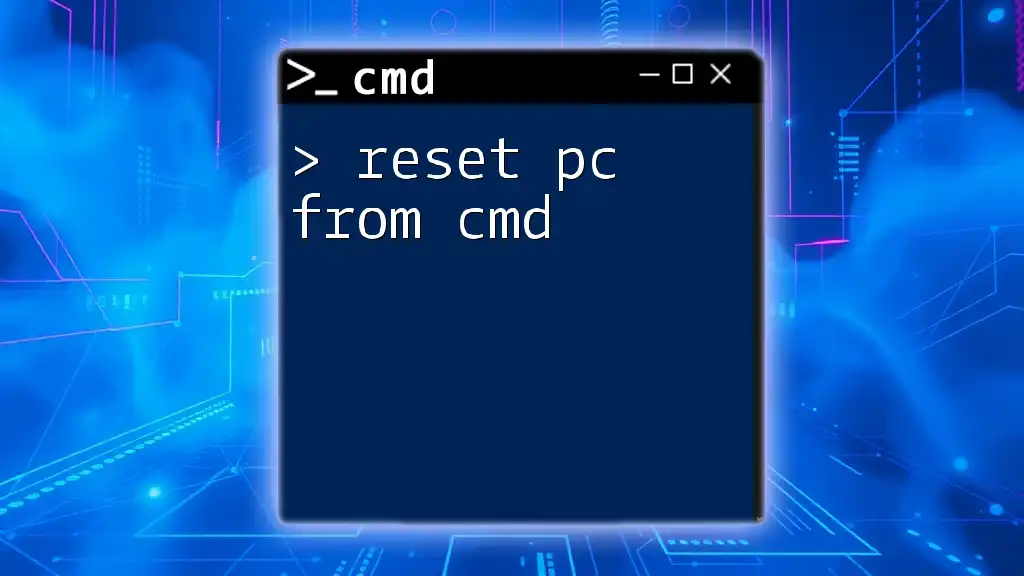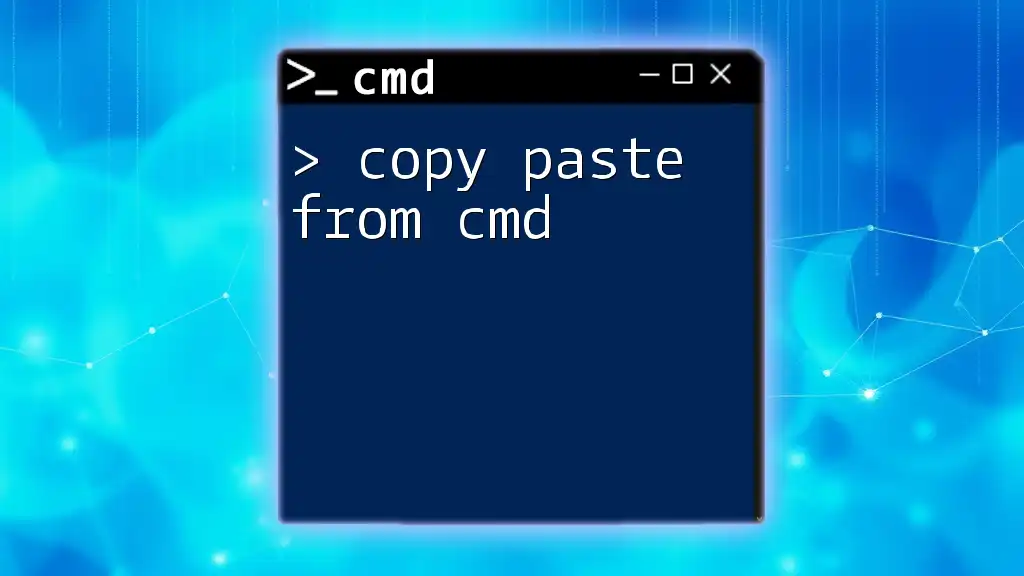You can call the GPT API from the Command Prompt by using a tool like `curl` to send a POST request with your API key and input text to the OpenAI endpoint.
curl https://api.openai.com/v1/engines/davinci-codex/completions -X POST -H "Authorization: Bearer YOUR_API_KEY" -H "Content-Type: application/json" -d "{\"prompt\":\"Write a poem about the sea\",\"max_tokens\":50}"
Setting Up Your Environment
Requirements
To call the GPT API from the CMD prompt, it's essential to have the right setup. You will need:
- A working installation of Windows allowing access to the CMD prompt.
- Network access to communicate with the GPT API.
- An API key from OpenAI, which grants you access to their services.
Installing cURL
Overview of cURL
cURL is a powerful command-line tool used for transferring data with various protocols. It can be particularly useful for making HTTP requests, which is how you will interact with the GPT API.
Installation Steps
To get started, you need to install cURL on your Windows machine.
- Download the latest version of cURL from the official website.
- Extract the downloaded zip file and place it in a directory (such as `C:\curl`).
- Add the cURL directory to your system `PATH`. This allows you to run cURL from any command prompt:
- Right-click on `This PC` or `My Computer`, then select Properties.
- Click on Advanced system settings.
- In the System Properties window, go to the Advanced tab and click on the Environment Variables button.
- In the System variables section, find the one named `Path`, select it, and click on Edit.
- Add your cURL directory path (e.g., `C:\curl`).
- After updating the `PATH`, open CMD and type `curl --version` to verify that cURL was installed successfully.
Verifying API Key
Getting Your OpenAI API Key
You will need an OpenAI API key to authenticate your requests. Follow these steps to obtain your API key:
- Go to the [OpenAI website](https://openai.com/).
- Create an account or log in if you already have one.
- Navigate to the API section to generate a new API key.
Protecting Your API Key
It’s crucial to secure your API key since it provides access to your OpenAI account. Do not share your key publicly and consider storing it in a secure location or using environment variables.
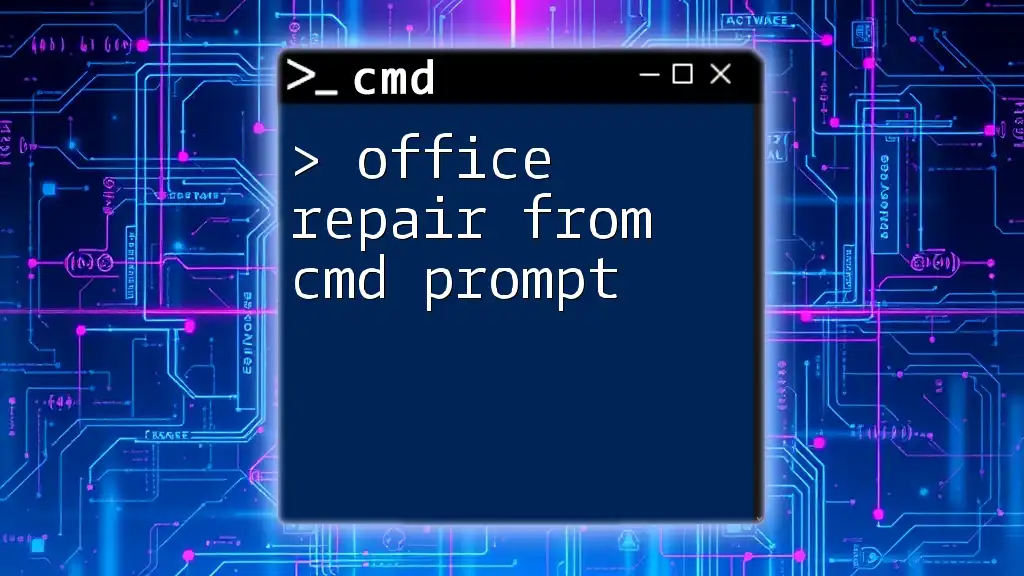
Making Your First API Call
Understanding API Calls
An API call refers to a request you send to an API to perform specific operations. The response you receive contains the results of the operation you requested.
Building the Request
To effectively use the GPT API, you need to create a proper JSON payload. This payload includes the model you wish to use and the prompt you want to send.
Example JSON Payload
{
"model": "gpt-3.5-turbo",
"messages": [{"role": "user", "content": "Hello, how are you?"}]
}
Executing the cURL Command
Basic cURL Command Template
The basic structure of a cURL command for making an API call is as follows:
curl -X POST "API_ENDPOINT" -H "Authorization: Bearer YOUR_API_KEY" -H "Content-Type: application/json" -d '{JSON_PAYLOAD}'
Sample cURL Command
Here is a complete sample command to call the GPT API from the CMD prompt:
curl -X POST "https://api.openai.com/v1/chat/completions" -H "Authorization: Bearer YOUR_API_KEY" -H "Content-Type: application/json" -d '{
"model": "gpt-3.5-turbo",
"messages": [{"role": "user", "content": "Hello, how are you?"}]
}'
Ensure you replace `YOUR_API_KEY` with your actual OpenAI API key.
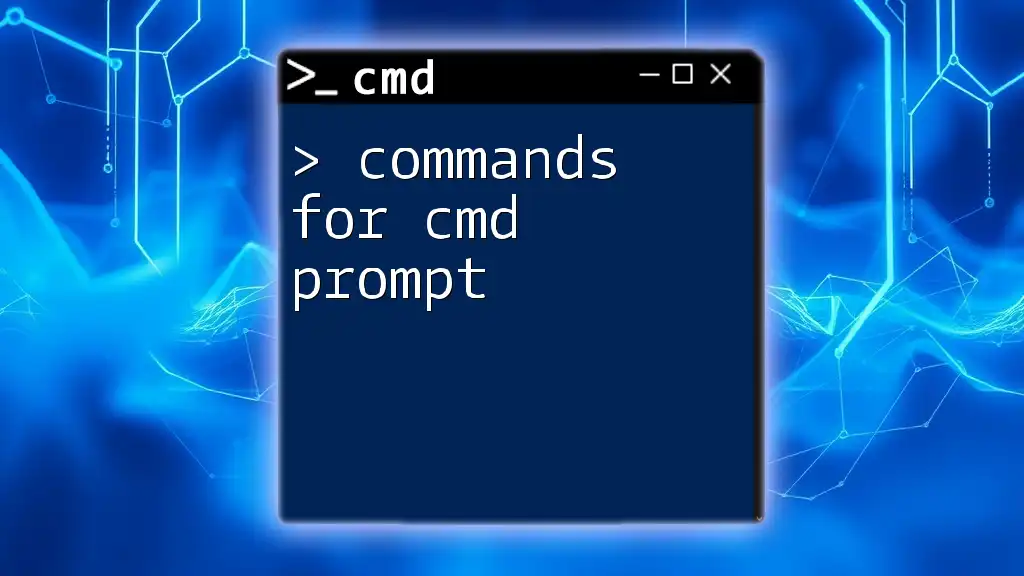
Handling the Response
Understanding the API Response
When you make an API call, the server responds with a JSON object. It typically contains:
- The generated response from the GPT model.
- Additional metadata related to the request.
Displaying the Response in CMD
To view the output of your API call, simply observe the response in your CMD window. You can read through the returned JSON to find the chatbot's reply and any additional information like usage statistics.
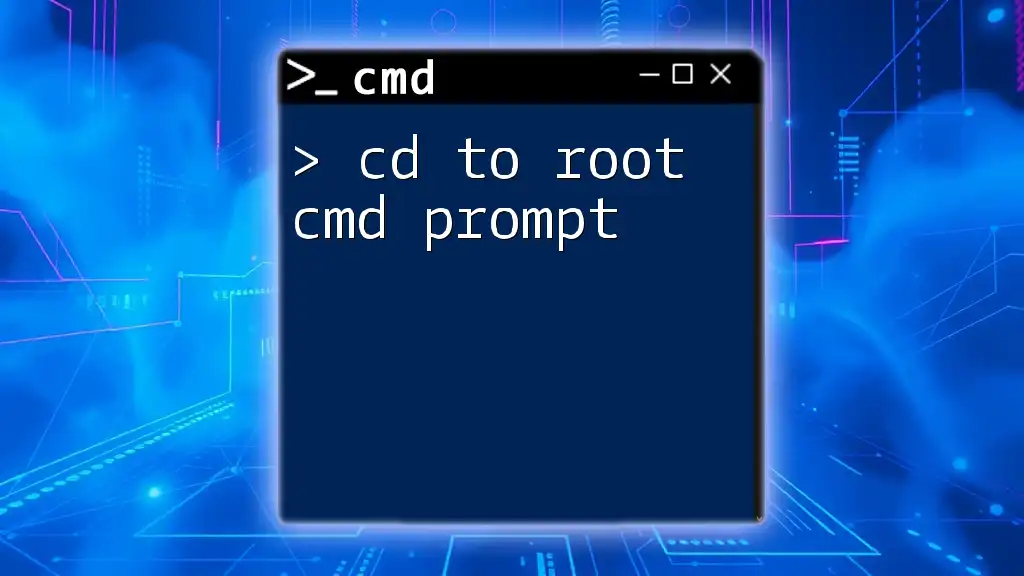
Automating the Process
Scripting with Batch Files
Creating a batch file allows you to automate your calls to the GPT API. This can save time and streamline your workflow.
Creating a Batch File
Open a text editor and enter your cURL command as described earlier. Save this file with a `.bat` extension (e.g., `call_gpt.bat`).
Example Batch Script
Here’s an example of what your batch file might look like:
@echo off
set API_KEY=YOUR_API_KEY
curl -X POST "https://api.openai.com/v1/chat/completions" -H "Authorization: Bearer %API_KEY%" -H "Content-Type: application/json" -d "{
\"model\": \"gpt-3.5-turbo\",
\"messages\": [{\"role\": \"user\", \"content\": \"Hello, how are you?\"}]
}"
pause
Enhancements
Adding Error Handling
When working with APIs, it's beneficial to implement error handling in your scripts. You can do this by checking if your API call returns an error code and displaying a user-friendly message.
Scheduling Regular Calls
You can schedule the execution of your batch file using Windows Task Scheduler. This allows you to automate your requests at specified intervals. Simply create a new task, set the trigger to your desired schedule, and point it to your batch file.
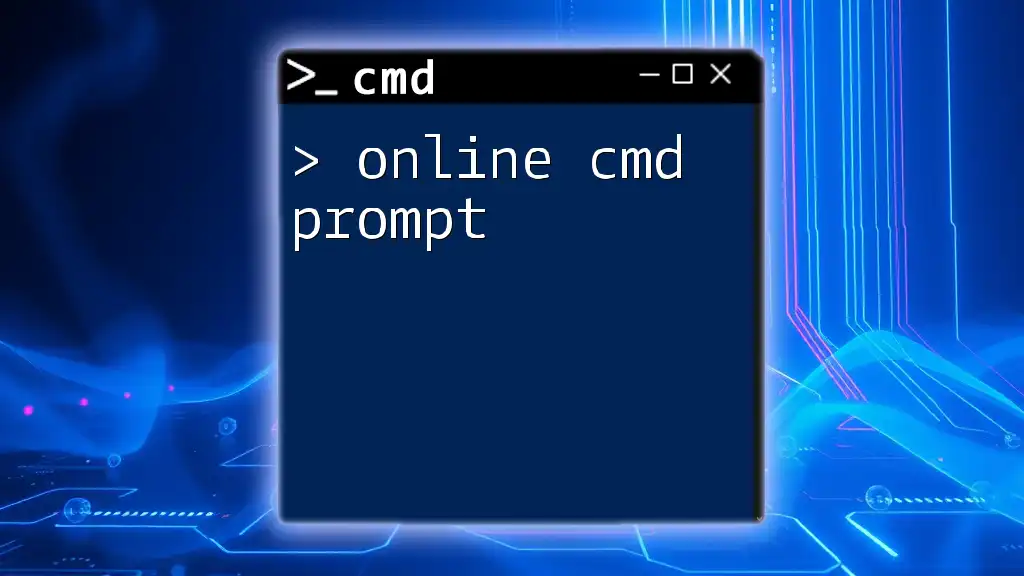
Tips and Best Practices
Rate Limits and Best Practices
OpenAI has rate limits to consider when using their API. Frequent requests beyond these limits can result in throttled access or additional costs. Always check the [OpenAI API documentation](https://platform.openai.com/docs/api-reference) to understand the limitations pertinent to your usage.
Optimizing Requests
To minimize costs, be mindful of how you formulate your prompts. Less complex prompts often lead to quicker responses and lower usage fees while also often achieving satisfactory results for your needs.
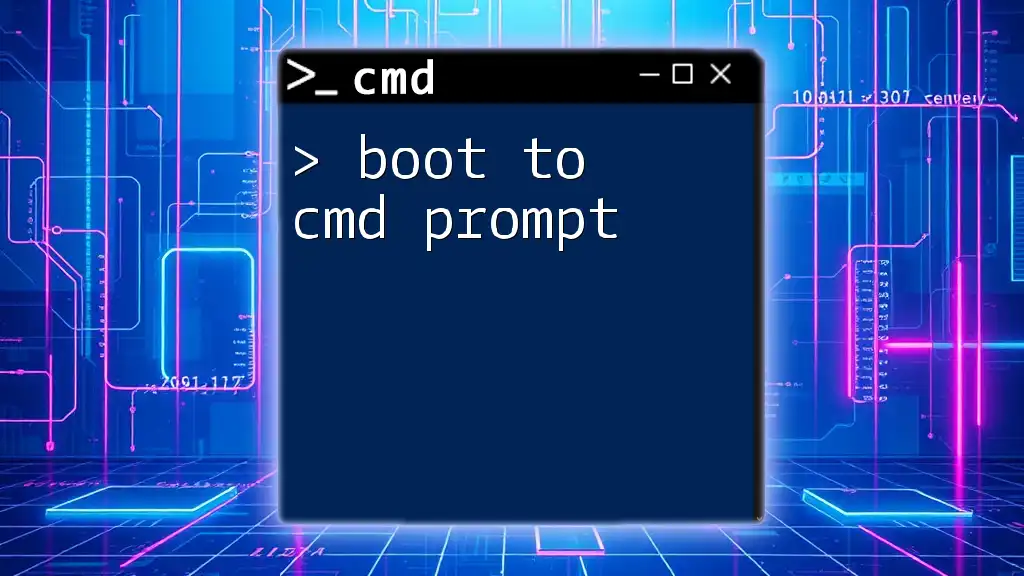
Conclusion
In this guide, you have learned how to call the GPT API from CMD prompt. From setting up your environment to automating requests with batch files, you now have the knowledge to leverage the capabilities of the GPT API directly from the command line. With practice and exploration, your CMD skills will expand, allowing for even more sophisticated interactions with the API.

Additional Resources
For further exploration, consult the OpenAI API documentation for detailed guidelines and explore additional reading on CMD and scripting to enhance your productivity and capabilities.







